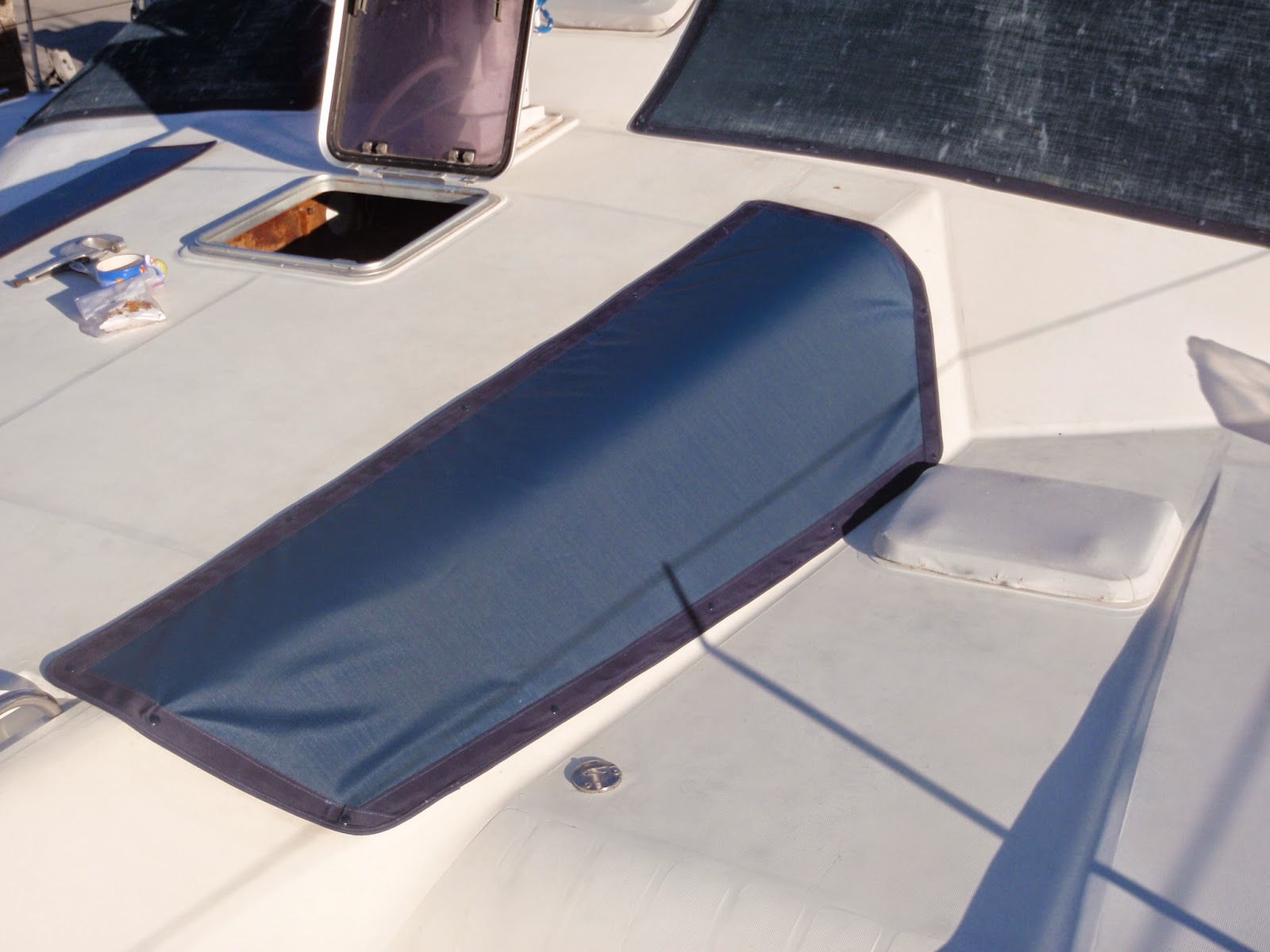After over 2 months of boatyard work, we finally made it to the
water.
During our Mexico launch, the Travelift showed up with 5" of mud
stuck to the straps. We couldn't even
get it all off and had to put plastic over them to protect the hulls. Then they pushed us out into the creek with
an engine that needed to be bled and wouldn't stay running and we floated onto a shallow spot. Cost $450.
 | |
| Covered with paper |
The launch here at the Gold
Coast City Marina was absolutely incredible.
The guys came with pressure washed clean doubled-up straps, crossed them to keep them off the
keel and shaft. THEY brought paper and put it on the straps to protect the hulls.
I had an impeller problem so they got a dinghy and helped push
Tortuguita into a slip so I could work things out. We took a short tour out in the Coomera River to see how the new propellers behave, came back to a
different slip and had 4 guys waiting to catch our dock lines. No rushing, no
sloppiness, true professionals. Cost $525. Well worth the extra $75.
 |
| On the road again |
We have a big list of things to be done before leaving like putting on the sails and aligning the engine shafts but the biggie is to clean the boat top to bottom. Maybe a week before we will depart. We'll update the tracker page as we progress. G'day
 | |
| In the well |
















